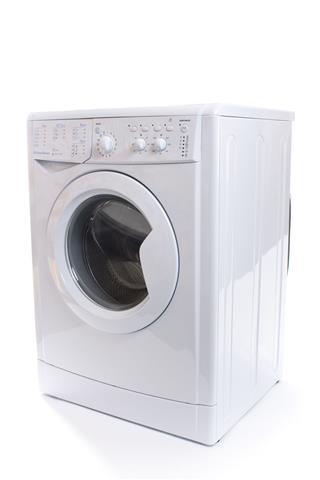
If you are looking for information on attic fan thermostat settings and replacement instructions, you have landed on the right page. Read to know all about its troubleshooting technique.
Ventilation is an important factor that affects the internal environment of a home. Though most of the lower levels of a house are usually well-ventilated, one area that needs special attention is the attic. The uppermost level of your house is bound to get hot and stuffy due to poor ventilation. An effective solution to the problem is to install an attic fan. An important control element of this home appliance is the thermostat.
About Attic Fans
The attic is usually built with vents that are designed for ventilation purposes. However, they are not an effective ventilation mechanism and it can get really hot in the attic during summer. This heat can build up the attic temperature to high levels and heat can then percolate to lower levels. To get around this problem and maintain the temperature of the attic to optimum levels, attic fans are used.
They serve a dual purpose. Just like a bathroom exhaust fan, attic fans direct accumulated hot air out, while bringing in, cool air from outside. They are more powerful than bathroom exhaust fans and clear out a greater volume of air.
Function
There is an automatic monitoring mechanism for the attic fan, that switches it on or off, according to the internal temperature. This monitoring and control function is served by the thermostat. It is designed to maintain a static level of temperature through regulation. It ensures that a set temperature is maintained.
There are two main functions of the thermostat. It needs to ensure that the attic fan gets switched off, when the temperature reaches a certain lower level and switch it on when it reaches or crosses a preset high temperature value. The fan also needs to switch off if the temperature reaches a very high level.
Settings
The thermostat settings usually differ according to the kind of climate and temperature variation range. Generally, you need to set only one temperature for the thermostat. When that temperature is reached or exceeded, the thermostat ensures that the attic fan is switched on. When the temperature drops below that set temperature, it is again switched off. This temperature can be anywhere between 80 to 120 degree Fahrenheit.
There is another preset high temperature limit. When that limit (usually around 180 degree Fahrenheit) is reached, it means that a fire has broken out. The thermostat is programmed to switch the fan off in such circumstances as it can feed the fire with fresh air otherwise.
Replacement
If you notice that the attic fan is not switching on or off, according to temperature variation, it indicates that the thermostat is no longer functioning properly. The replacement is quite simple and straightforward. Switch off the power of the attic fan and remove the power cord. Locate the thermostat casing and open it using a screwdriver. Note down the temperature settings for later reference. Also, note down the power rating and the fan capacity (in cubic feet per minute). Note down the wiring, before proceeding to remove it.
Buy an exact replacement for the thermostat, according to the information that you have noted down. Install the replacement with the proper wiring as the previous one. Set the temperature value to be same as before. Put the casing back using a screwdriver, connect the power cord back, and switch the fan on. With that, your replacement job is done. In case, you are not confident enough to handle the job, hire an electrician to do the job for you.
It is very important that you adjust the thermostat settings properly and ensure that the fan is in perfect working condition. A well-functioning attic fan can help in reducing your internal air conditioning bills and prevent fire disasters.







